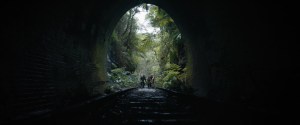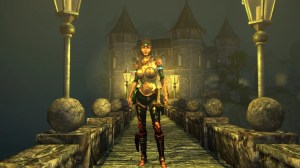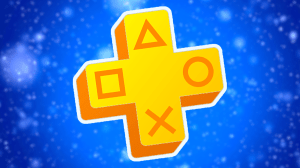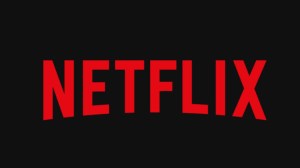Three years after Matt Kindt teased fans with a first look at his take on Ninjak at New York Comic Con’s preview of The Valiant #1, his fan-favorite run on the series comes to an end this fall and leads into Ninja-K #1 from writer Christos Gage, who will expand the world around Ninjak and the Ninja Programme.
Videos by ComicBook.com
Featuring art by Tomas Giorello, the new title will center on someone trying to kill Ninjak’s predecessors.
A relaunch of the series is timed to coincide with Ninjak vs. the Valiant Universe, a webseries that pits the title character against various other Valiant heroes and villains in short combat vignettes centered around a larger narrative about which little is yet known.
Gage joined ComicBook.com to discuss the series, which premieres on November 15.
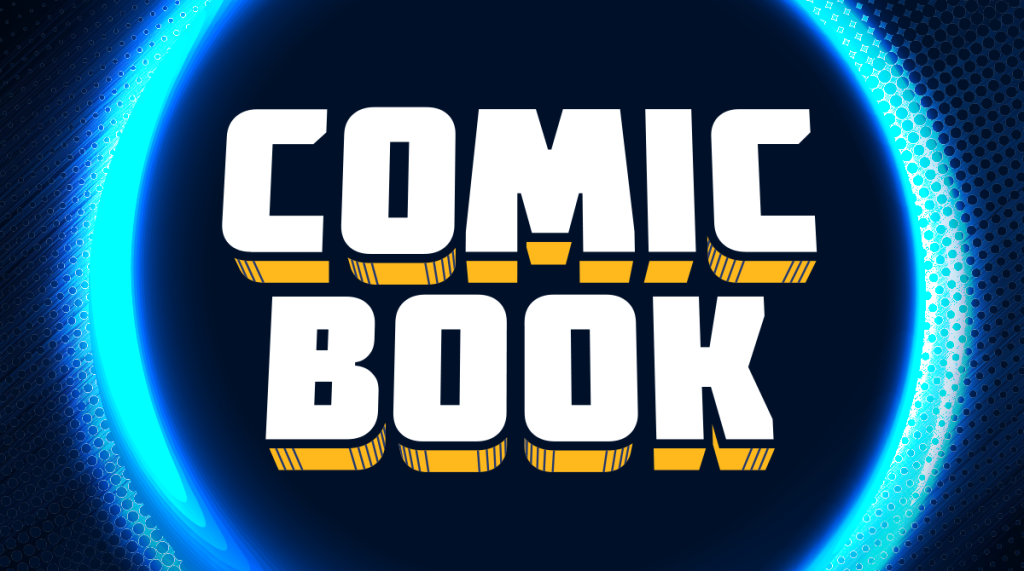
Kindt makes a pretty bold declaration of how he sees Ninjak in his season finale. How does your take compare?
I think Matt really did an amazing job of defining Colin as a character, from his childhood to the present day.
I’m not really looking to redefine that, but rather build on it. Now that we know who he is, what happens when Colin starts looking at himself in a different way? Can someone who has worked so hard to be the person he is ever be normal? How will he react when he sees things about himself, his past, in a new light?
When you have a character as well constructed as Colin, it gives you the opportunity to branch out in different directions, because you’re not wondering, “Well, who is he?” It’s more like, “How would he react to this?”
“The man who does the impossible”

Would it be fair to say that your Colin feels a little less like the force of nature Kindt often wrote, and more human?
Ideally, both elements will be there. Colin may be the best at what he does, to borrow a phrase, but he is still a human being. And there are some things he can’t help have affect him. Among those are the revelations about the Ninja Programme that make Colin look at his own life, and the life his parents led, in a new light.
There’s also his relationship with Livewire, which is getting into territory neither of them is used to. But to his enemies, he’s still very much the unstoppable force…the man who does the impossible.
You say in the “declassified” interview that you drew inspiration from Steranko’s SHIELD books and the old Master of Kung-Fu stuff. That is a kind of comic that doesn’t get made much in the mainstream anymore. How do you take that style and make it feel contemporary enough that fans will buy in?
Hopefully by keeping it grounded in the characters, in universal emotions and motivations, while providing large doses of intrigue and action…and something both those titles had, amazing art, by Tomas Giorello and others.
The SHIELD stuff definitely lived in that over-the-top world of Hydra Island and the Overkill Horn, and we’re not going quite that far, but that Kirby/Steranko DNA is in Ninjak if you dig deep enough.
I’d argue that the MOKF book, once Doug Moench and Paul Gulacy really got going, stands up pretty damn well to anything out now…maybe more verbose than modern readers are used to, but Shang-Chi’s journey of discovering his father lied to him, and having to strike out on his own and become his own man, create his own family, only to wonder if he’s traded one set of dysfunctions for another, is something a lot of people can relate to.
I just stick to the plan of telling stories I’d enjoy reading, and hope readers feel the same way.
On ‘Watchmen’ and beyond…

The idea of bringing in his predecessors right begs the question: will any of them NOT be villains?
They’re not all villains. Now, “villain” and “antagonist” are two different things.
What can you tease about Madame Charade?
She’s a 1950’s-era femme fatale, very much the gorgeous vamp who is a deadly killer. She’s tied in with Ninja-D…as both arch-enemy and love interest. They are not well adjusted people.
How much interaction with other Valiant heroes will be in the book?
In the first arc, it’s just Livewire, because they have a personal relationship, and that’s moving forward…which is something as potentially fraught with danger as any mission. But eventually Colin will indeed be interacting with other Valiant characters…though perhaps not in the same way as before.
One thing I think Valiant has done really well is clearly have a shared universe, but not make it confusing or too labyrinthine for readers to navigate. The stories we tell in NINJA-K will contain everything readers need to know to follow them.
There is a former Ninja Programme agent who plays a bigger role than the others in shaping Colin in Ninja-K #1. Is it just me or is there a little bit of Nite-Owl’s dynamic from ‘Watchmen’ being played with there?
I think there’s a bit of Watchmen in so many things we do today, it was so influential to the current generation of creators. You can see it in the whole “someone is killing people in our line of work” angle as well. It’s hard not to be influenced by something so awesome! But the relationship you’re referring to has some key differences to the two Nite Owls. I’ll let readers find out for themselves.

Similarly, there feels like a little bit of Winter Soldier/Starman/Marc Andreyko’s Manhunter going on with the mysterious villain essentially hunting Ninjak’s predecessors. When you have something that has become something of a recent trope, how do you latch onto that in a new, exciting way?
Hopefully in the characters and their situations. The setup itself is hardly new, as you point out. But the basic idea of “we were all part of this thing, and now we’re in danger because of it” can create stories as different as The Manchurian Candidate and Nightmare On Elm Street.
What I hope to focus on is what it’s like to be part of the Ninja Programme, to live the kind of life and do the sorts of things you have to do as an agent, and how that affects different people in different time periods in different ways. It’s all about the characters, in the end.


